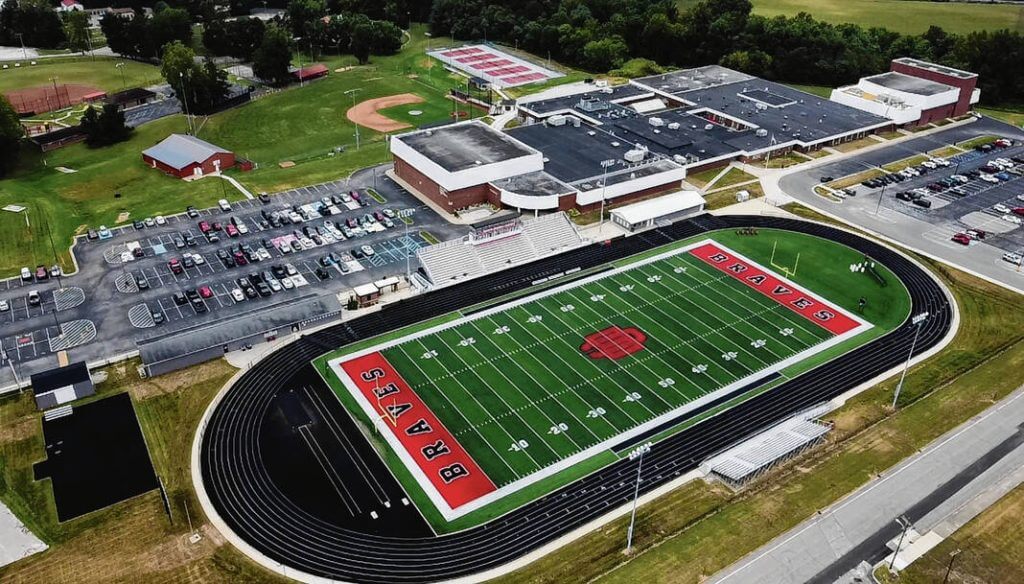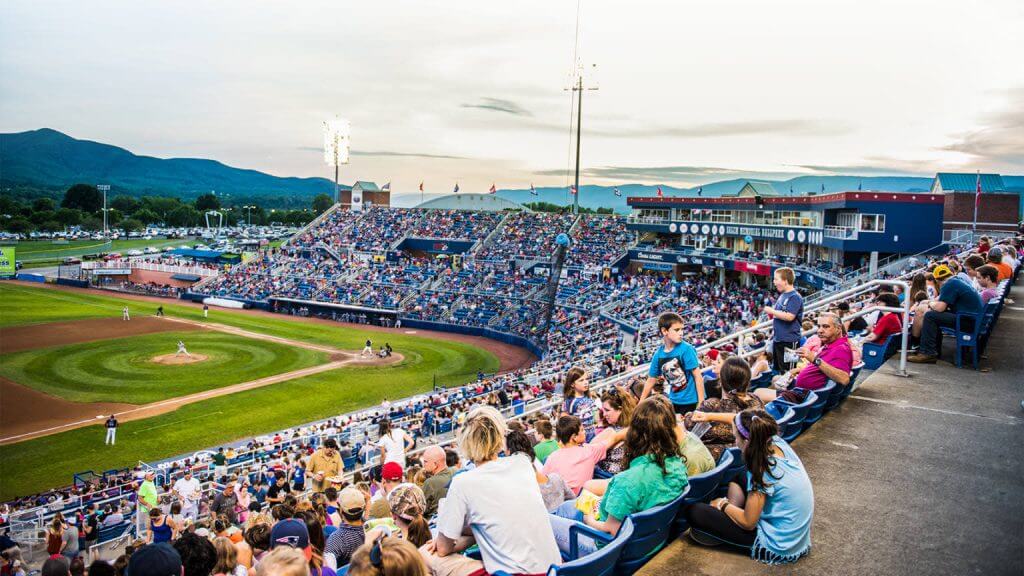The recent shutdown and layoffs of numerous local news station meteorologists and programs highlights the ever-changing landscape of weather forecasting.
By Bret Walts
With the arrival of artificial intelligence and automation, increasing influence of social media and uncertainty shrouding government weather forecasting, job security for meteorologists are at higher risk than ever before. Subsequently, long-established pathways of communication from meteorologists to the everyday American are changing and will continue to change in the coming years.
The first sign of such change occurred last week as Allen Media Group eliminated every local meteorologist for 22 different stations across the United States. Allen Media Group acquired The Weather Channel in 2018 and TWC forecasts will take over local forecast responsibilities from their headquarters in Atlanta, Georgia. The ultimate result will be 22 viewing areas losing their trusted source of weather communication, including 4 in Indiana and Wisconsin alone. The following is a list of stations eliminating a total of about 100 meteorologists:

 WTVA: Tupelo, MS, KIMT: Rochester, MN/Mason City, IA, KEZI: Eugene, OR, KDRV/KDKF: Medford, OR, KHSL/KNVN: Chico / Redding, CA, WTHI: Terre Haute, IN, WLFI: West Lafayette, IN, WFFT: Fort Wayne, IN, WAAY: Huntsville, AL, WEVV: Evansville, IN, KADN: Lafayette, LA, KITV/KIKU: Honolulu, HI, WAOW: Wausau, WI, WQOW: Eau Claire, WI, WKOW: Madison, WI, WXOW: La Crosse, WI, WSIL: Carterville, IL, KVOA: Tucson, AZ, WREX: Rockford, IL, KWWL: Waterloo, IA, WJRT: Flint, MI
WTVA: Tupelo, MS, KIMT: Rochester, MN/Mason City, IA, KEZI: Eugene, OR, KDRV/KDKF: Medford, OR, KHSL/KNVN: Chico / Redding, CA, WTHI: Terre Haute, IN, WLFI: West Lafayette, IN, WFFT: Fort Wayne, IN, WAAY: Huntsville, AL, WEVV: Evansville, IN, KADN: Lafayette, LA, KITV/KIKU: Honolulu, HI, WAOW: Wausau, WI, WQOW: Eau Claire, WI, WKOW: Madison, WI, WXOW: La Crosse, WI, WSIL: Carterville, IL, KVOA: Tucson, AZ, WREX: Rockford, IL, KWWL: Waterloo, IA, WJRT: Flint, MI
This move comes as local news viewership over the past decade has been steadily declining, while the usage of social media has steadily increased for most platforms. In turn, as of 2023, adults between 18 and 44 years old utilize local news for weather information less than weather apps, weather websites, other TV weather stations and social media. While 55% of older adults still utilize local TV stations for their weather, a higher number at 59% utilize weather apps.
 The implications are clear. The future of weather forecasting with Millennials and Gen Z is digital with weather apps and social media leading the way. While weather apps are generally more used and trusted than social media, the ability to personalize forecasts and connect and communicate with viewers is much more flexible on social platforms. This is reflected with only 10% of adult citizens believing algorithms used to create forecasts are better than human meteorologists.
The implications are clear. The future of weather forecasting with Millennials and Gen Z is digital with weather apps and social media leading the way. While weather apps are generally more used and trusted than social media, the ability to personalize forecasts and connect and communicate with viewers is much more flexible on social platforms. This is reflected with only 10% of adult citizens believing algorithms used to create forecasts are better than human meteorologists.
Social media does come with challenges, however. According to YouGov’s poll, while it’s among the most used for weather information, it is also the least trusted. With anyone able to grab a free weather model forecast from the short-term to 15 days out, click-bait and weather misinformation are major issues to battle for digital meteorologists. Ultimately, meteorologists will have to work harder than ever before to build trust on a platform that is generally deemed untrustworthy.
—-
About BAM Weather
BAM Weather specializes in delivering a very simple yet unique and personal, location specific forecast. BAM Weather provides forecasting services for industries including athletic events, school districts, event venues, motorsports, concerts, fairs and festivals, agriculture, snow removal, landscape, energy, and much more. With a focus and extreme attention to detail in both short and long-term forecasting, BAM’s #1 goal is to assist customers in high-cost decision support based on accurate weather analytics.
To learn more about BAM Weather’s platform Clarity, visit BAMWX.com/clarity.


